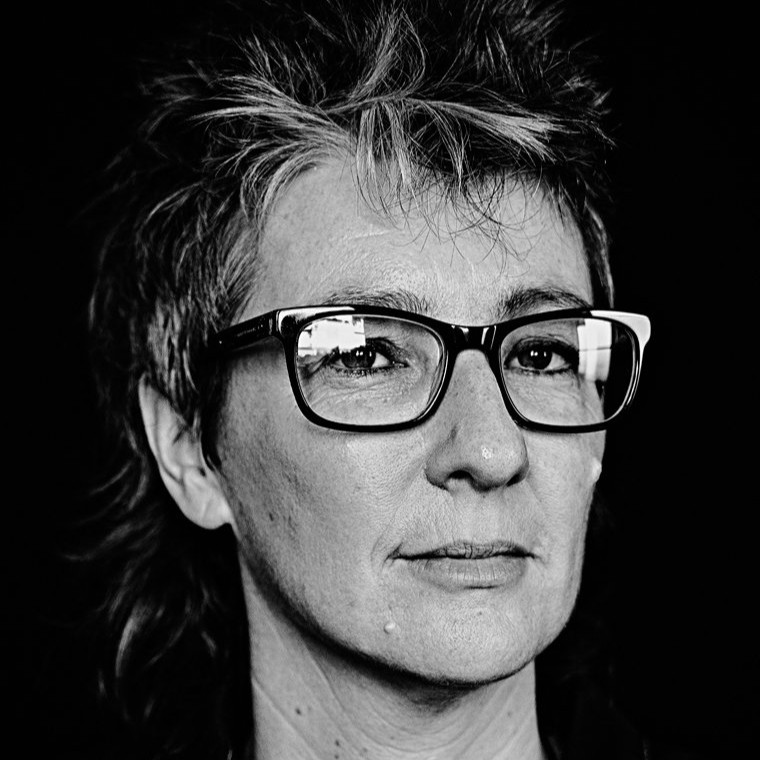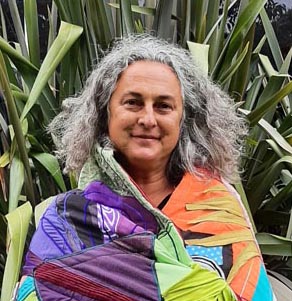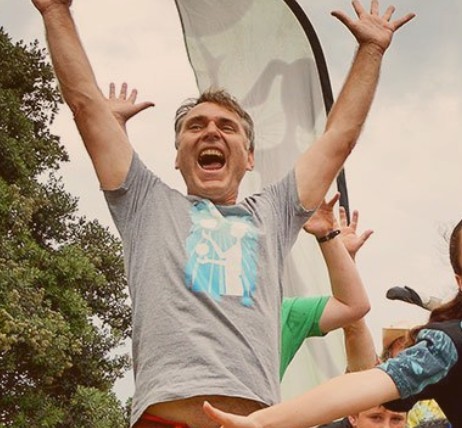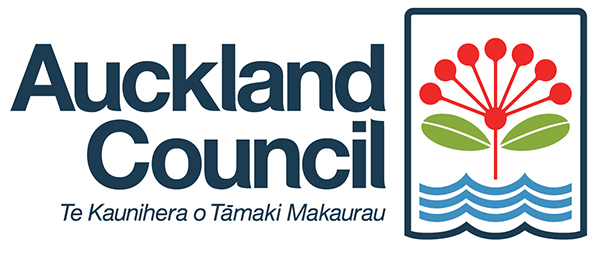 There’s a great need to help build cohesive and strong communities. Recently, I’ve been asking myself how the arts can help make our often-challenging experience on earth a little better.
There’s a great need to help build cohesive and strong communities. Recently, I’ve been asking myself how the arts can help make our often-challenging experience on earth a little better.
I’ve thought back to my initial experiences as a director in community arts and how they helped a wide range of people participate in artmaking, telling stories that matter.
Inclusion, empowerment and healing
My first influential experiences happened in Australia. A highlight for me was working with Access Arts Queensland in an outdoors performance co-created with disabled artists, writers and performers, along with Indigenous youth and primary school kids, about the need to care for our environment. Over two nights, in a car park under the illuminated Kangaroo Point cliffs beside the Brisbane River, hundreds of people witnessed our story, called Come to the River. 
Community arts play a vital role in shaping and enriching our society. These practices are not just about making art; they’re about creating meaningful experiences that transform and heal communities.
Read the article, published in The Sun, 9 November 1989
Community arts matter because they foster collaboration and social connection. In contrast to traditional artforms, where the artist creates for an audience, community arts build stronger, connected communities within them, using shared creativity.
Whether through a shared performance (like my large River event), a collaborative mural or a collective music project, community arts facilitate connections that promote social cohesion and a stronger sense of identity.
I like how Creative Australia (formerly the Australia Council for the Arts) still has a good understanding of the value of community arts. Its legislation states that “There are many variations of how community arts and cultural development works are made, developed and shared – there is no one model. However, what is at the core of this practice is the collaboration between professional artists and communities to create art.”
Community arts are also about inclusion and empowerment, creating safe spaces for people to share lived experience, grow arts careers and leadership, challenge stigmas and stereotypes, and break down social barriers. They empower people who might not otherwise have access to traditional artforms or artistic training to reclaim their own narratives.
I valued the opportunity to explore and develop my practice through publicly funded projects initiated by Access Arts Queensland and Arts Access Victoria. Their vision allowed me (along with other artists) to establish a creative practice inside a psychiatric hospital community. This led to patients, doctors, nurses, occupational therapists, cleaners and cooks sharing a process in creative storytelling and identity building. I recall group happiness and personal wellbeing.
Mental health, wellbeing and social capital
So, I’ve seen how community arts contribute to social and community development, health and wellbeing.
People’s shared experiences build social capital and trust within their community. Creative expression has been shown to support mental health, providing an outlet for relief from mental distress. For those recovering from trauma or experiencing mental health challenges, engaging in community arts can help restore positive identity and connection to others. They are also a vehicle to raise awareness, advocate for human rights and demand social and political change.
I’ve been thinking on how this valuable, often overlooked aspect of arts practice can be supported and I have questions. How are community arts practitioners given opportunities to develop their practice? And how do groups and organisations know they can benefit by working with community artists? Do we value community arts?
Voices from the sector
Please let me know your thoughts on this topic and if you would like join the kōrero about the role of community arts with colleagues from across the motu. You can email me at richard.benge@artsaccess.org.nz.
In the meantime, we asked three leaders delivering community arts programmes and projects to tell us what community arts means to them.
Jo Randerson, writer, director and performer, founder and artistic director of Barbarian Productions
When I first heard the phrase “community arts” I thought, “everyone is part of a community: what does that phrase really mean?” The arts and ngā toi Māori are for everyone, as essential for life as physical exercise. But sometimes the funding has favoured a particular kind of mahi, which only certain people can access.
For me, community arts is about connecting with who is around you and making meaningful, accessible work: work that locals can be part of, can attend and help create.
This means thinking about where the work is, how it’s made, who is part of it and, most importantly, why we’re doing it. And remembering that many people can’t afford to buy tickets to shows so re-thinking budgets creatively.
We will need “community arts’ as long as our societies privilege some lives over others.
Kim Morton, Strategic Director, Ōtautahi Creative Spaces
The common thread through community arts is an unwavering belief in the transformative power of creativity. At its heart, it involves a collaboration between artists and communities to make art and in doing so create community.
Community arts practice draws on skills and experience that enables people to step into a creative realm with bravery, and to be held and kept safe. It’s best done with deep respect between artists and community, where particular needs are understood, and projects are shaped for those needs, empowering communities to tell their stories and see themselves reflected.
At Ōtautahi Creative Spaces we’ve developed specialist art practice with and for people with mental distress and trauma. This centres on encouraging people to see themselves as artists, providing tailored support to develop their artmaking and a warm welcome to a creative community of people with shared experience. The impact is incredible: people make brilliant art, are more connected to others, have a strong purpose in life, and hope for the future.
Thomas Hinz, Creative Director of Circability 
For me, community arts sits between professional arts and social arts –or, in our case, social circus. This is a term I like to use to describe Circability because it addresses the social needs of the communities we work with.
Community arts is about providing access to the arts; enriching and connecting communities; addressing community needs; and campaigning for social change. Its impact ranges from people who say that “Art saved my life” to those who find a place to shine.
It’s arts at the grassroots, listening to the community’s needs and desires, and growing from that – where people get to feel a part of their community and open their eyes to opportunities.






